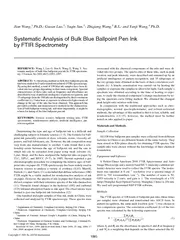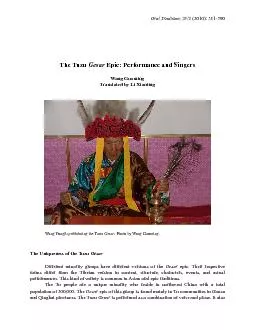PPT-Qi Wang, Tianyu Wu, Apple, Inc.
Author : sherrill-nordquist | Published Date : 2019-11-20
Qi Wang Tianyu Wu Apple Inc Slide 1 AoD in Passive Ranging Date 20190501 Authors Name Affiliations Address Phone Email Qi Wang Apple Inc qiwang2applecom Tianyu Wu
Presentation Embed Code
Download Presentation
Download Presentation The PPT/PDF document "Qi Wang, Tianyu Wu, Apple, Inc." is the property of its rightful owner. Permission is granted to download and print the materials on this website for personal, non-commercial use only, and to display it on your personal computer provided you do not modify the materials and that you retain all copyright notices contained in the materials. By downloading content from our website, you accept the terms of this agreement.
Qi Wang, Tianyu Wu, Apple, Inc.: Transcript
Download Rules Of Document
"Qi Wang, Tianyu Wu, Apple, Inc."The content belongs to its owner. You may download and print it for personal use, without modification, and keep all copyright notices. By downloading, you agree to these terms.
Related Documents














